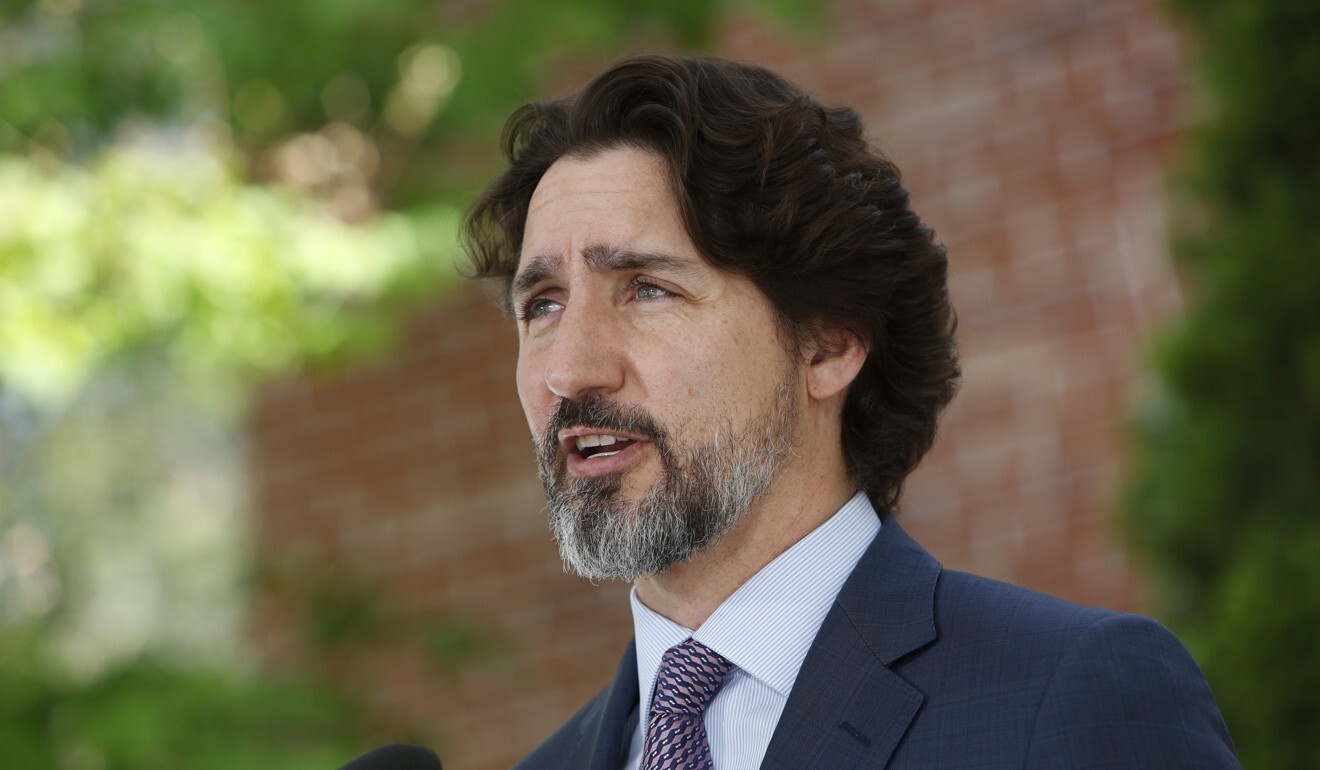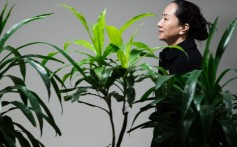Author of the article:Bianca Bharti
The idea of the long-desired four-day work week has gained more attention as Canadians near the end of Month 3 in coronavirus lockdown, but don’t expect three-day weekends just yet, Prime Minister Justin Trudeau said Wednesday.
“Right now we’re very much focused on getting through this particular crisis, and we’ll have plenty of time to talk about particularly creative ideas on moving forward, but I’m not going to speculate on what any of them might be,” he said in a response to a question from a CityNews reporter.
Will Justin Trudeau unveil a four-day work week in Canada?
New Zealand Prime Minister Jacinda Ardern floated the idea of a four-day work week in a Facebook live video a week ago.
Ardern flagged New Zealand’s tourism sector, which employs 15 per cent of the population and contributes about $13.8 billion to the country’s gross domestic product, as being one part of the economy that could benefit from people having long weekends.
Similarly, in Canada tourism plays an important role in the economy, where it’s valued at $102 billion a year. Pre-COVID-19, it was the country’s fifth-largest sector, outpacing telecommunications and mining, and employing 1.8 million Canadians.
“I hear lots of people suggesting we should have a four-day week. Ultimately that really sits between employers and employees, but as I’ve said, there’s lots of things we’ve learned about COVID and just that flexibility of people working from home, the productivity that can be driven out of it,” Ardern said.
“Really encourage people to think about, if they’re an employer and in a position to do so, to think about whether or not that is something that would work for their workplace because it certainly would help tourism all around the country.”
The status quo work week of Monday to Friday, 9 a.m. to 5 p.m., roughly dates back to the Industrial Revolution and the Ford Motor assembly line of the early 1900s.
In June 2018, nearly 70 per cent of Canadians said they would prefer working 10-hour days for four days a week, rather than eight-hour days, five days a week, according to an Angus Reid poll.
BETTER YET
 |
| 1930 IWW.ORG |
The House of Commons, in 2016, contemplated a four-day work week for MPs to better manage their workloads, CBC reported, though it never came to fruition.
With files from Sharon Lindores.
























